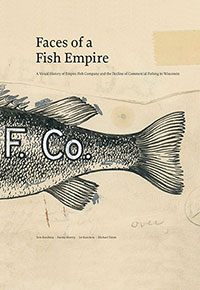This post originally appeared on Acento.com
How should brands adapt their communications and engage consumers in the age of social media? Surprisingly, a book first published in 1936 best highlights how to “win friends” on social platforms, written long before Al Gore “invented the Internet.” Dale Carnegie’s book “How to Win Friends and Influence People” outlines fundamental approaches on how to build long-lasting relationships with friends, colleagues, and consumers.
Over the past eight months, our team here at Acento has had the opportunity to develop a general market social media strategy for one of our clients. Thus, we have done a lot of research, analysis, and thinking on how brands should interact with consumers on Facebook, LinkedIn, and whatever new social network pops up next.
Multitudes of books and white papers discuss the tactics and statics of social media. But very few books successfully outline the psychological dimensions of engaging consumers on social platforms as well as Carnegie’s book.
As marketers, we need to appeal to the nobler interests of our fellow consumers within the social sphere (and allocate human resources to support honest, immediate responses via social media response teams).
That’s far easier said than done.
Fortunately, many of Carnegie’s principles, however basic, provide a roadmap on how we can successfully communicate with customers and colleagues on social platforms. We know we can’t push our messages out into the world anymore. It’s up to us to break away from status quo marketing and truly communicate with consumers on a one-on-one basis.
Carnegie’s most relevant principles for managing social communities include:
- Be a good listener. Encourage others to talk about themselves.
- Remember that a person’s name is to that person the sweetest and most important sound in any language.
- Talk in terms of the other person’s interests.
- Make the other person feel important – and do it sincerely.
- If you are wrong, admit it quickly and emphatically.
- Let the other person do a great deal of the talking.
- Dramatize your ideas.
Obviously, this sage advice and story telling requires a 180-degree shift from the marketing of yore. We need to ask questions of our consumers in order to become good listeners…and have a staff that can respond to consumers’ concerns.
In an excerpt of the updated version of the book, “‘How to Win Friends and Influence People in the Digital Age,” the New York Times published, “Messaging speed is instantaneous. Communication media have multiplied. Networks have expanded beyond borders, industries, and ideologies. Yet rather than making the principles in this book obsolete, these major changes have made Carnegie’s principles more relevant than ever.”








